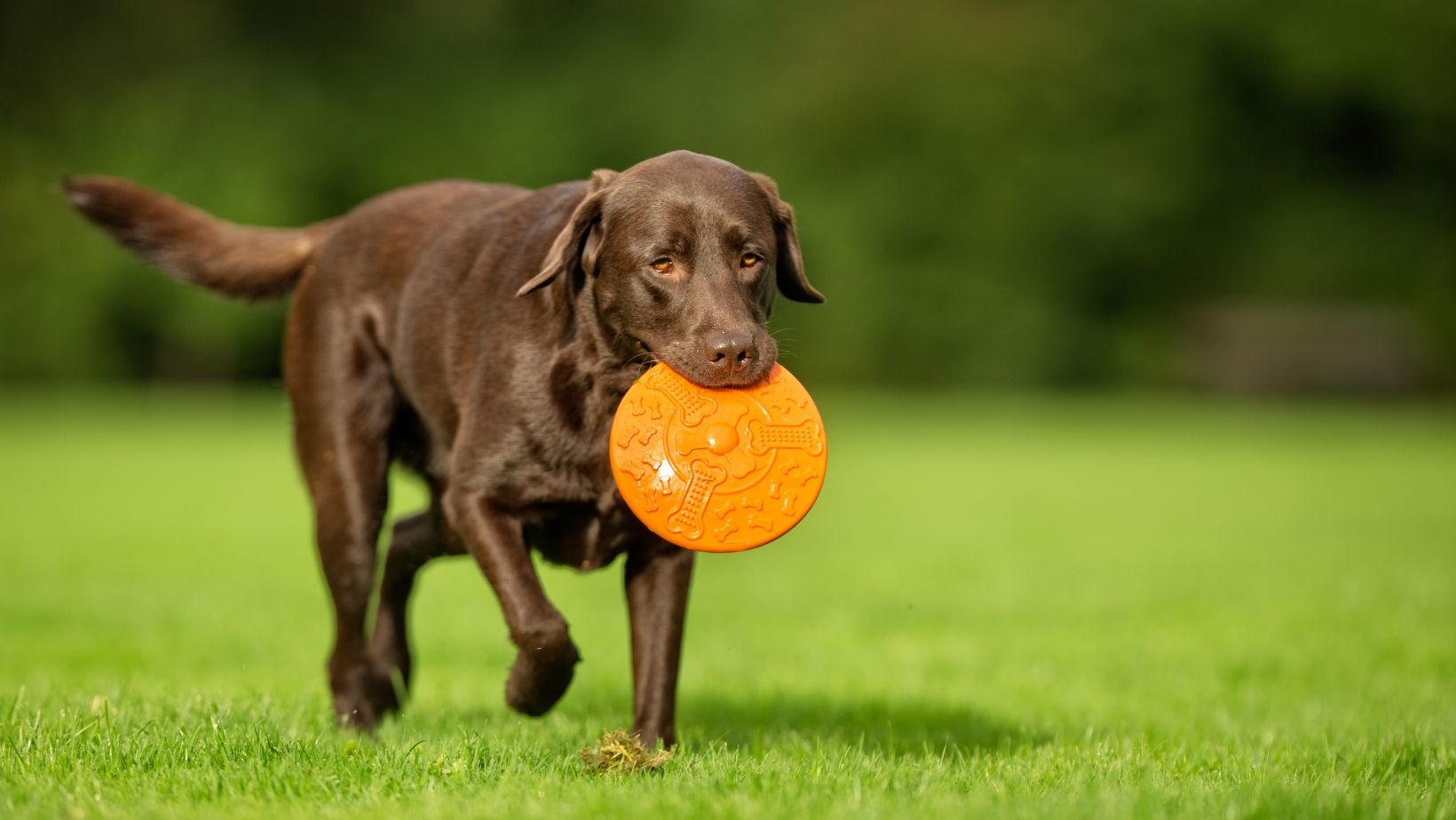Having a hyper dog can be quite challenging, especially when you’re looking for some peace and quiet. As an expert in dog training, I understand the struggles of dealing with a hyperactive Labrador or any energetic breed. Fortunately, there are effective strategies to help calm down your furry friend and restore some tranquility to your home.
How to Get a Hyper Dog to Calm Down
When it comes to dealing with a hyperactive dog, one of the first steps is to recognize the signs of hyperactivity. Every dog has its own energy level, but if your Labrador is constantly bouncing off the walls and exhibiting excessive behaviors, it’s likely that they are dealing with hyperactivity. Here are some common signs to look out for:
- Excessive Energy: A hyperactive dog will have an abundance of energy that seems boundless. They may be constantly on the move, unable to relax or settle down.
- Restlessness: If your Labrador is always pacing, unable to sit still, or constantly seeking attention, it could indicate hyperactivity.
- Destructive Behavior: Hyper dogs often engage in destructive behaviors as an outlet for their excess energy. This can include chewing furniture, digging up the yard, or tearing apart household items.
- Impulsivity: Dogs with hyperactivity tend to act impulsively without thinking through their actions. They may jump on people excessively, bark incessantly, or exhibit other impulsive behaviors.
Understanding the Causes of Hyperactivity
Hyperactivity in dogs can stem from various factors and understanding these causes can help you address them more effectively:
- Breed Traits: Certain breeds like Labradors are naturally energetic and prone to being more active than others. It’s important to take into account breed characteristics when assessing your dog’s behavior.
- Lack of Mental Stimulation: Dogs need mental stimulation just as much as physical exercise. Without proper mental engagement through activities like puzzle toys or training sessions, they may become bored and resort to hyperactive behavior.
- Lack of Physical Exercise: Insufficient physical exercise can contribute to pent-up energy and restlessness in dogs.
- Environmental Factors: Stressful environments or sudden changes in routine can also trigger hyperactivity in dogs.
Tips to Help Calm a Hyper Dog
- Regular Exercise: Ensure that your dog gets enough physical exercise through daily walks, runs, or play sessions. This will help burn off excess energy and promote relaxation.
- Mental Stimulation: Engage your dog’s mind with interactive toys, treat puzzles, or obedience training exercises. Mental stimulation can tire them out in a positive way.
- Structured Routine: Establishing a consistent daily routine for feeding, exercise, and rest can provide stability and help reduce anxiety-induced hyperactivity.
- Positive Reinforcement Training: Use positive reinforcement techniques to reward calm behavior and discourage hyperactive behaviors like jumping or excessive barking.
- Create a Calm Environment: Provide your dog with a designated quiet area where they can retreat to when feeling overwhelmed or overstimulated.

Understanding the Causes of Hyperactivity
When it comes to understanding why some dogs are hyperactive, genetics can play a significant role. Certain breeds, such as Labradors, are more prone to having high energy levels and being easily excitable. This is because their genetic makeup predisposes them to be active and energetic.
Labradors, in particular, have been bred for their athleticism and working ability. This means that they often have a natural inclination towards being hyperactive. It’s important to keep in mind that not all Labradors will exhibit hyperactivity, as individual temperament can also influence behavior.
Behavioral Triggers for Hyperactivity
In addition to genetics and environmental factors, certain behavioral triggers can exacerbate a dog’s hyperactive tendencies. These triggers may vary from one dog to another but commonly include:
- Excitement: Some dogs become easily excited by things like visitors arriving at the door or playing with their favorite toys.
- Lack of Boundaries: Dogs with inconsistent training or unclear boundaries may struggle with self-control and display hyperactive behaviors.
- Attention-Seeking: Dogs seeking attention from their owners may resort to excessive barking, jumping up on people, or engaging in other attention-seeking behaviors.
Remember that consistency is key when implementing these techniques with your hyper Labrador. By incorporating mental stimulation into their daily routine, you’ll be able to provide an outlet for their boundless energy while helping them achieve a state of calmness and relaxation.